“
Sydney cannot replicate Singapore … but you can certainly learn from it in terms of long-term planning, integrating its transport planning with its land use planning.
“Singapore is a world leader in public transport,” he said, presenting the city as a case-study example that other cities can learn from.
“For physical, spatial and governance reasons, Sydney cannot replicate Singapore … but you can certainly learn from it in terms of […] long-term planning, integrating its transport planning with its land use planning.”
According to a 2019 report from the Australian Bureau of Statistics, car ownership is increasing every year in NSW. Finding ways to reduce reliance on cars is a key challenge facing policymakers, as they weigh up the benefits and costs of different proposed solutions.
An option being scoped out, was the congestion tax, proposed in a Grattan Institute report, this month but was ruled out by Transport Minister Andrew Constance. Mr Hyland proposes that that a congestion tax implementation requires a “viable economic alternative” for commuters in order to work in practice. Sydney has undergone considerable meltdowns due to the heavy rail network in the past 18 months. An alternative suggested by Mr. Hyland, is investing in a regular and more reliable bus network., to complement the rail expansion and residential development.
“In Singapore, you can use the MRT (Mass Rapid Transit) system without any sense of a timetable,” he said.
This is a key benchmark that future facing cities such as Sydney should acknowledge and strive to achieve. Mr Hyland also believes that these transport infrastructure plans integrate well with the NSW Government’s vision for three metropolises — in Sydney, the Parramatta area and around the new Western Sydney Airport, making the status of “world-class” more achievable for Sydney.
Mr Hyland will speak at Urban Taskforce’s transport conference this week — a not-for-profit group for property developers and equity financiers.
Peter Hyland was interviewed by ABC News on this topic, to view the article please click here.
